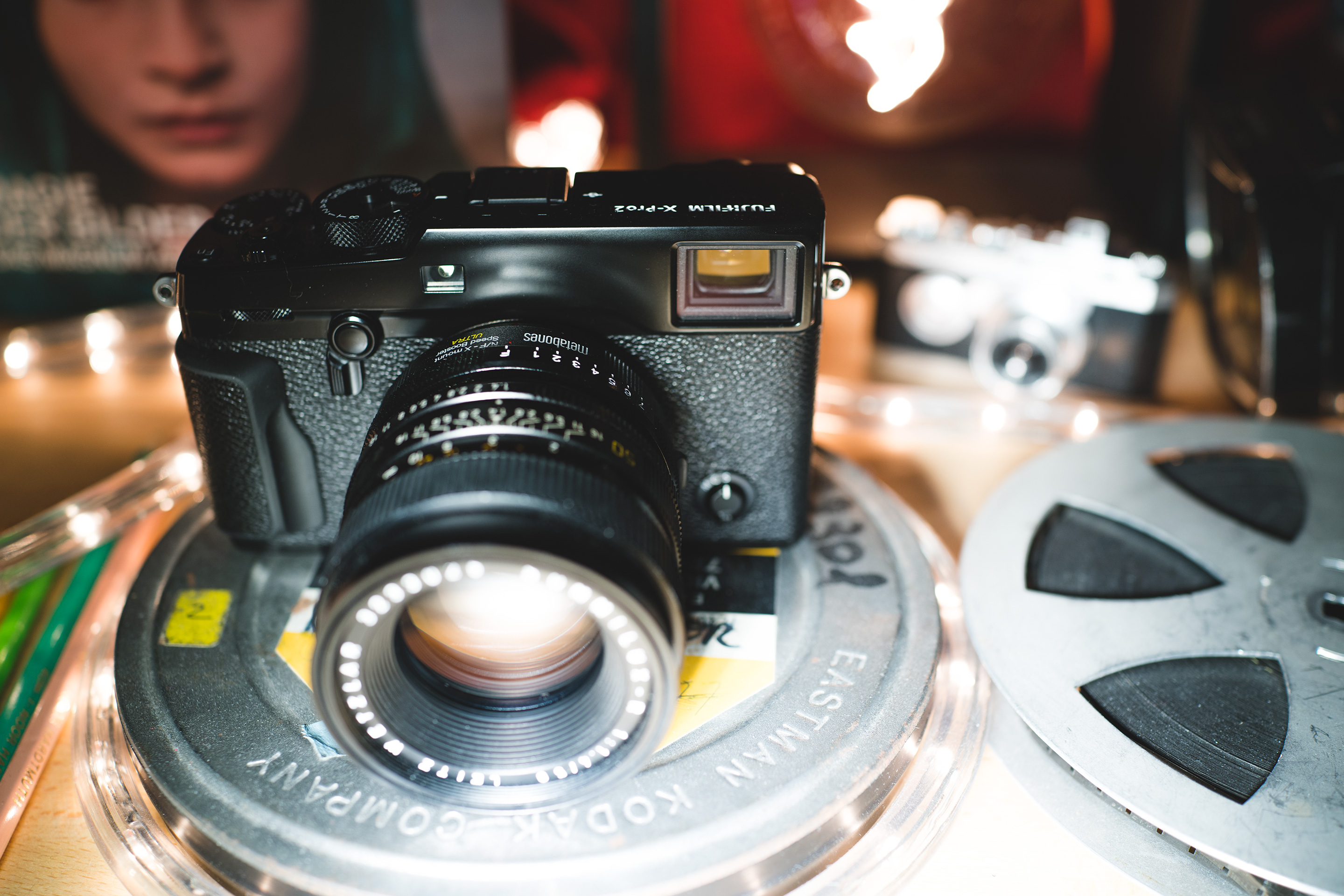

- Fuji xpro 2 used manual#
- Fuji xpro 2 used upgrade#
- Fuji xpro 2 used full#
- Fuji xpro 2 used pro#
- Fuji xpro 2 used iso#
Fuji xpro 2 used iso#
If and when Fuji comes out with a X-Pro3 successor and follows an eccentric path that you either love or hate, I wouldn't mind an ISO dial in place of smaller LCD status screen similar to that of the Leica Typ 262. Short story made shorter I tried to force myself in liking the X-Pro3 obvious differences, but it checked marked the exact same boxes (no more, no less) as my X-Pro2. So, it was much easier to purchase and sell for exactly what I paid for here after GAS came and went like a fart in the wind, and I still have the X-Pro2.

To each their own, but as a former X-Pro3 owner and current X-Pro2 owner, I knew the resale the value of the X-Pro3 was much, much greater. Additional Card Reader Reviews compare card reader performance using different memory cards.Watching the sale sections here and a few other sites.Īm seeing a lot of X-Pro3 bodies for sale. When an external UHS-II card reader, the Lexar UHS-II reader included with the card, was used to transfer the same images it averaged 231.1 MB/s and the download time was just under than 35 seconds. The USB connection averaged 23.3 MB/s transfer rate and the download took 5 minutes 45 seconds. To test the download speed a USB 2.0 cable was connected and 8GB of image files were transferred from a Lexar 2000x 64GB UHS-II card in the camera to a computer equipped with an SSD drive. The Fuji X-Pro2 has a USB 2.0 port that can be used to transfer images from the camera.
Fuji xpro 2 used pro#
The SanDisk Extreme Pro 95MB/s UHS-I cards reached up to 78.9 MB/s write speed and cost significantly less than the fastest UHS-II cards. While the X-Pro2 can take advantage of UHS-II cards, older UHS-I cards are not far behind. Lexar 1000x UHS-II cards trail by a significant margin and were outperformed by several UHS-I cards. Not all UHS-II cards support the highest write speeds. The Lexar 1800x microSD UHS-II card nearly matched this performance. The highest write speed averaged 112.1 MB/s with the 32GB card while the 64GB card averaged 109.1MB/s. The fastest cards in the X-Pro2 were Lexar 2000x UHS-II cards. Fuji X-Pro2 SD Card Write Speedįastest UHS-I: SanDisk Extreme Pro 95MB/s UHS-I 64GB SDXC Card Write speed is in megabytes per second, where 1 MB = 1,048,576 bytes. This provides a more accurate and consistent measurement of write speed compared with the card access light because the light illuminates when the shutter is activated and not when the first file begins writing.

Fuji xpro 2 used full#
Write speed is calculated using the buffer full shot condition during extended continuous shooting. RAW+JPEG and JPEG modes result in lower write speed. The write speed test uses RAW (uncompressed) to maximize file size. The camera is mounted on a tripod and controlled with an external remote release timer. The scene remains the same throughout the test. The X-Pro2 test uses a detailed picture subject with controlled lighting.
Fuji xpro 2 used manual#

To evaluate memory card write performance 82 SD cards were tested in the X-Pro2. The X-Pro2 has dual card slots, a first for Fuji, and supports UHS-I and UHS-II Secure Digital cards (UHS-II is supported only in Slot 1). The X-Pro2 shares the X-T1's ability to record 1080 HD video at up to 60 fps. The previous cameras topped out at 1/4,000 second shutter speed. The frame rate has been increased to 8fps, the same as the X-T1, while the shutter is upgraded to offer up to 1/8,000 shutter speed. Similar to the original X-Pro, there is a hybrid optical viewfinder but the resolution has been increased to 2.36 million dots and upgraded using organic LED technology. The X-Pro2 also boasts a new 273-point auto focus system, including 169 phase detect points, all directly selectable.
Fuji xpro 2 used upgrade#
The sensor represents a significant upgrade in resolution, now reaching 24 megapixels, up from the 16-megapixel X-Trans sensor found in the previous cameras. It offers various improvements over its predecessor, the X-Pro, as well as the the X-T1 which was released on the interim. The Fuji X-Pro2 utilizes an APS-C sensor in a rangefinder-styled camera.


 0 kommentar(er)
0 kommentar(er)
